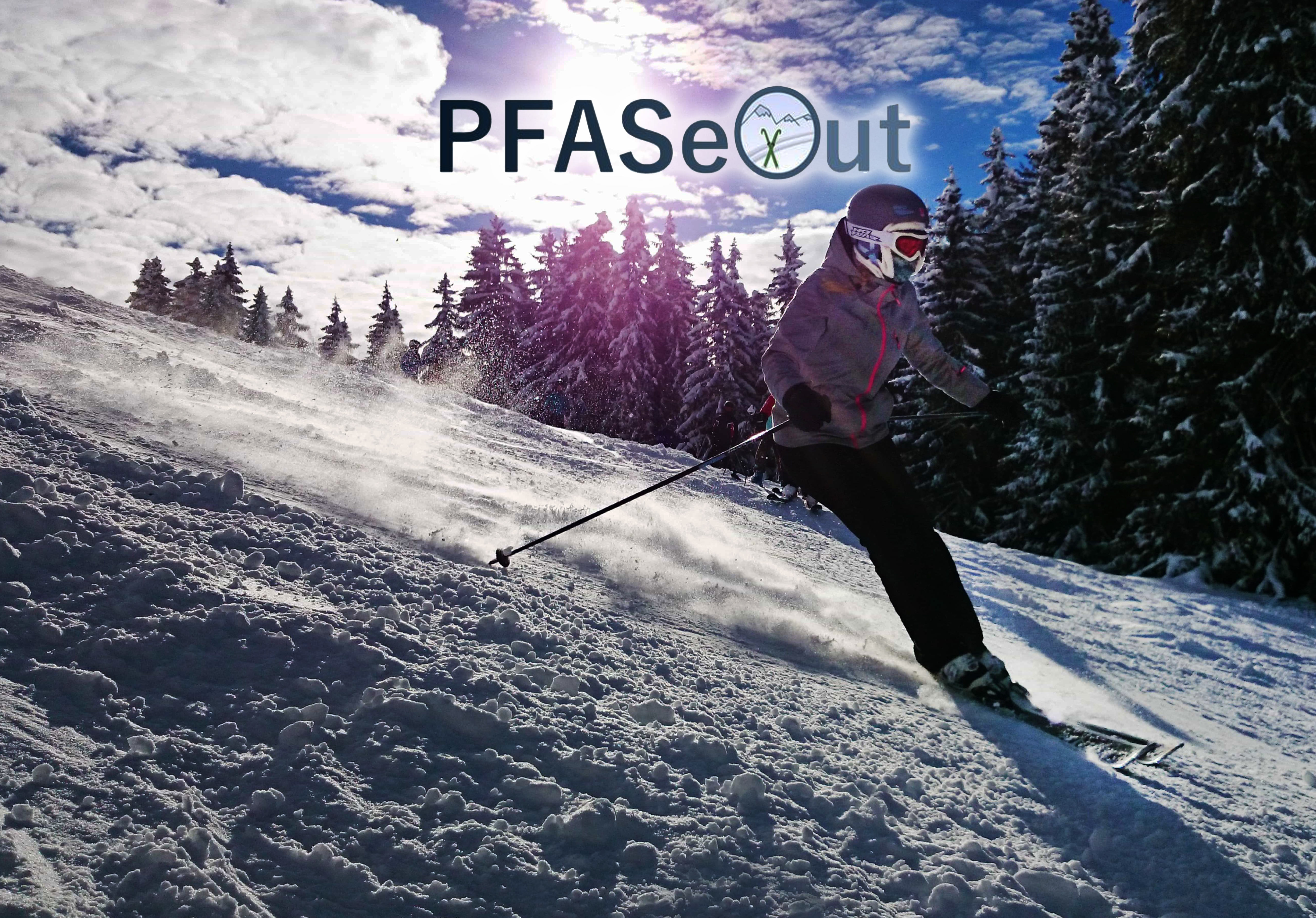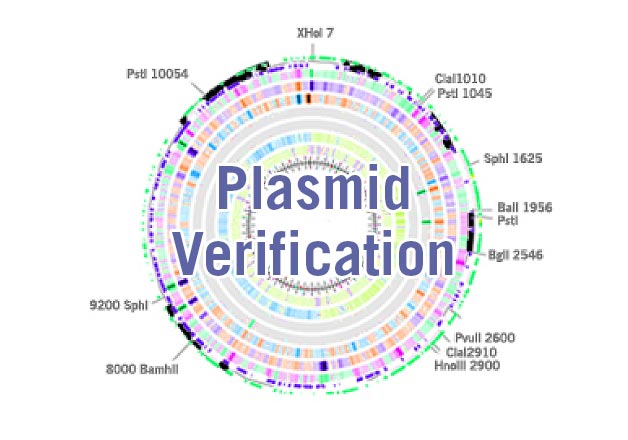PFASeOut- Detecting hazardous PFAS in ski wax
Cross country skiing is a popular sport worldwide, with no less than 12 individual official events during the winter Olympics and more than 10,000 professional athletes registered with the International Skiing Federation worldwide. In Norway, it is practically considered the national sport.
One very crucial part of the sport is the ski wax that is applied to the ski surface in order to make it glide across the snow. PFAS (per- and polyfluoroalkyl substances) are a collection of per- and polyfluoroalkyl compounds that are water repellent and are used in ski wax as they provide superior gliding properties to the ski.

While PFAS do have excellent properties with regards to water repulsion and gliding properties, there is a growing body of evidence indicating the hazardous effects of the chemical, both in humans and in nature.
The dangers of PFAS compounds to human health and the environment
Animal studies have found that PFAS affect the immune system of both human and test animals by inhibiting the development of antibodies after vaccination. This effect is most prominent in children (FHI, 2018). As the world is facing a pandemic, this is an extremely worrying effect. Instances of inhibited foetal development in mice have been recorded when the foetus was exposed to different types of PFAS. However, this is yet to be shown in humans (FHI, 2018). These are a few examples of the impacts PFAS compounds have on our health, to illustrate how severe the problem is.
With regards to skiing, the personnel applying the ski wax during competitions but also amateurs on their ski trips are the most vulnerable to the dangerous health impacts of these components. Studies in both professional ski wax-appliers and amateurs have shown that they have a higher concentration of PFAS in their blood compared to people who are not applying PFAS-containing ski wax regularly (FHI, 2017; STAMI, 2009).
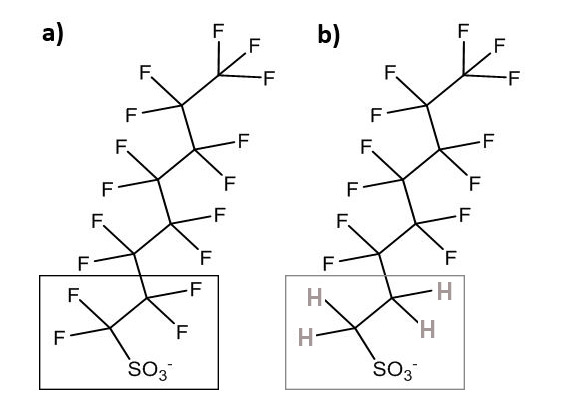
Image 1: Molecular structure of a) a perfluoroalkyl substance (PFOS) and b) a polyfluoroalkyl substance PFOA. Both belong to the group of PFAS.
To further complicate the issue, PFAS compounds are referred to as forever-chemicals, as they are slow to degrade and will accumulate in the environment and organisms. Traces of PFAS from fluorinated ski wax have been found around skiing arenas (Grønnestad et al., 2019). In the long run, this can have serious consequences on the eco-system surrounding the skiing tracks, as these compounds can leak out into lakes and rivers surrounding the ski tracks. Studies have shown that some PFAS-compounds can affect the reproduction and hormonal system of fish (Miljødirektoratet, 2021). Since these chemicals cannot be degraded naturally, they bioaccumulate and negatively impact marine- and freshwater ecosystems. They then move through the food chain and ultimately end up on our dinner table.
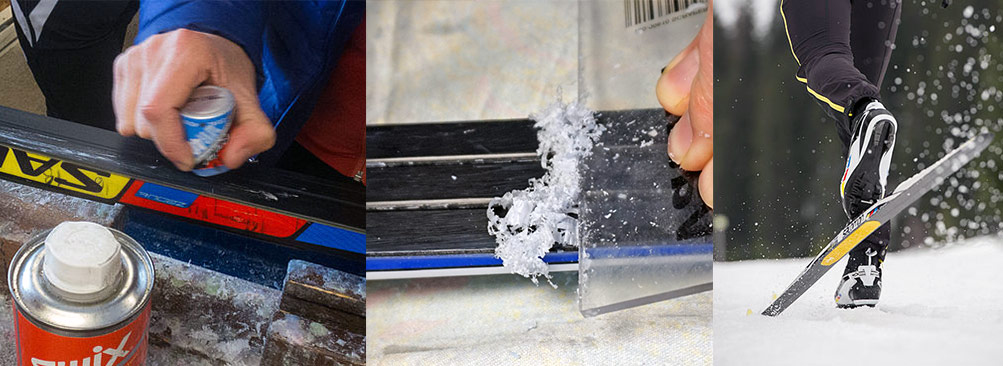
There is little doubt about the effect of PFAS on health and the environment, yet currently, the advantages of using PFAS-based ski wax gives athletes such a benefit that many still opt to use it, be it due to competitive nature or lack of information on the health effects of PFAS. To illustrate the extreme advantage provided by PFAS, it has been shown that the use of PFAS is a more decisive factor towards performance gain than if the athlete was taking performance enhancing drugs. This leads to continued use of PFAS-based-ski wax and the related dangers to the health of ski wax appliers and contamination of the eco system.
Luckily, as of 2021, the use of PFAS has been banned in competitive skiing by the International Skiing Federation. While this is a triumph in acknowledging the far-reaching problems PFAS pose for the skiing community as a whole, routines for testing are based on off-site tests. These tests, however, take time and can be costly to perform, thus leading to delayed enforcement of the ban.
We, the iGEM Team Oslo 2021, believe that an on-site testing solution will make it possible to penalise the athletes that violate the ban, setting an example for the skiing world. This, in turn, will eventually lead to a domino effect on casual skiers, ski wax demand in general and the use of PFAS in consumer products.

The PFASeOut project: Designing a detection system for PFAS compounds
Our goal is to develop a system that utilises specific bacterial genes to recognise and process PFAS. This system either directly reports the presence of PFAS by specific and PFAS-dependent gene activation, or by using a bacterial enzyme capable of processing PFAS to fluoride ions that are more readily detectable. Our secondary goal is to provide a detection platform for other products that potentially contain these hazardous compounds.
As a final PFAS detection system, we envision a portable chip-based device that will allow for on-site testing for PFAS. The implementation of this system into a functional and reusable device will be part of future development.
In essence, we create an E. coli strain capable of producing significant quantities of dehalogenase enzyme that frees fluoride from their stable bonds in the PFAS compounds. The fluoride can then be detected based on properties such as pH and electrochemistry (image 2).
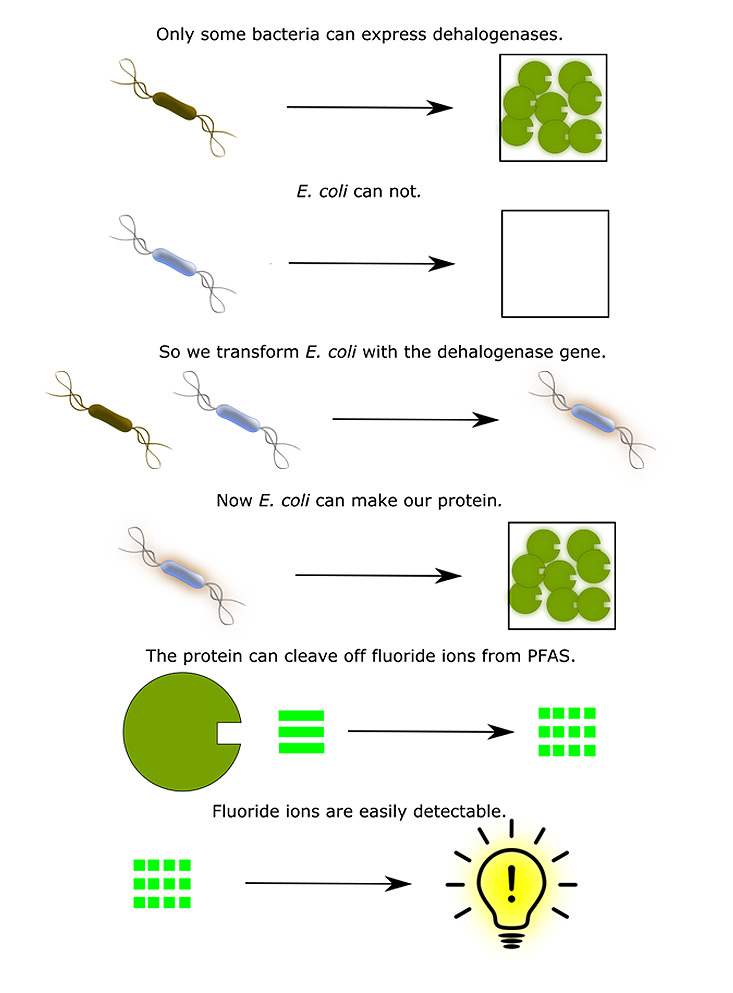
Image 2: Illustration of the detection mechanism.
We acknowledge, that while developing test methods to indicate the presence of PFAS compounds is important, even more so is ensuring skiers and consumers can make informed decisions about the use or avoidance of PFAS compounds in their daily lives as much as possible. Because of PFAS’ unique properties with regards to water repulsion and stability, they are still used in a vast array of household products, in everything from cosmetics to shoe shine and cooking utensils. Thus, through our initiative, we will also host several campaigns that will highlight the widespread use of PFAS as well as inform people about the hazards of PFAS exposure.
While we are anxiously awaiting this year’s first snow fall, we hope that professional skiers and novices alike will have both the option to use PFAS-free ski wax, as well as the information needed for them to make the decision to protect themselves from PFAS exposure.
The team
To accomplish our goals for this project, we have assembled an interdisciplinary team to represent the University of Oslo. Our team consists of six students from different fields within natural sciences: three molecular biologists, one environmental chemist, one science pedagogue and one mathematician. We all have in common an interest in product innovation, and are looking forward to the adventures and challenges that come with bringing our synthetic biology ideas to life.

Contact information
E-mail: uioslonorway@gmail.com
Facebook: https://www.facebook.com/uioslonorwayigem
Instagram: uioslo_igem
iGEM wiki: https://2021.igem.org/Team:UiOslo_Norway#
Read about other iGEM projects:
Young scientists push the boundaries of biotech to create solutions for current and future issues.
Are you working with E. coli or other gram negative bacteria and you need to check whether your transformation worked or not? Use the “Direct Colony Sequencing Service” without plasmid preparation.
Are you working with big constructs (in a plasmid, BAC, PAC, cosmid, etc.) and you need to check the sequence? Use the new NGS-based “INVIEW Plasmid Verification Service” – it is fast, accurate and low in costs.
By Jonas Øgaard, Hege Hovland and Dr Andreas Ebertz
Did you like this article on PFAS compounds in ski wax? Then subscribe to our Newsletter and we will keep you informed about our next blog posts. Subscribe to the Eurofins Genomics Newsletter.


